In this review we take a close look at the Cayin N7. It’s Cayin Audio’s latest portable player. The Cayin N7 is selling for $1,999 USD.
Disclaimer: Cayin is not related to Headfonia in any way. The Cayin N7 was sent to me to be featured on Headfonia.com and doesn’t need to be returned as far as I know.
Cayin Audio
Cayin was founded in 1993 (2023 is 30th anniversary of Cayin) and it is a premium Chinese high end audio brand. Their focus has mostly been on dedicated HiFi equipment, covering every chain in the music reproduction path, from CD players to speakers, but the essence is no doubt their tube amplifiers. Their equipment ranges from around $100 to just below $10,000 per item, covering the needs of different requirements and budgets. Cayin has developed over 500 products to date, and they have received over 70 awards.
“We deliver music diligently, and we are prepared to go a long way for that.”
Lately Cayin has strongly been focusing on the portable market as well with successful units such as the N5ii, the N3, the N6II, the C9, the RU6, RU7 and the reference N8 and N8ii. If you’re still interested in finding out more about the Chinese company, then you can do so here.
The last Cayin unit we reviewed was the N8ii DAP, which won our Recommended Buy Award. Today we’re looking at this DAPs little brother, the high-end Cayin N7 portable player, aka DAP.
As the N7 isn’t a new unit and has been discussed all over the web already, I luckily don’t have to cover every single detail. I have been using the N7 since March, so that means I can share my long-term user experience in this review.
Let’s get started!
N7 Intro
The Cayin Audio N7 is a Pure 1-bit Android based DAP and it has a fully discrete, balanced digital and analogue circuit. That’s correct, there are no ESS or AK DAC chips inside Cayin’s latest DAP, it’s a fully discrete portable player.
From Cayin: The N7 uses a fully-discrete 1-Bit DSD DAC that converts the digital signals to analogue through a resistor network series composed of 128 high-precision thin-film resistors. A precisely implemented FPGA enhances the digital audio signal and outputs L+, L-, R+, R- digital bitstream to fully balanced decoding. DSD signals are passed through unaltered, and PCM signals are converted to a 1-Bit bitstream before it is transmitted to the DAC circuitry.
The Cayin N7’s processing capability is competitive, including up to PCM 32BIT/768kHz and native DSD512 from USB and I²S. There’s a maximum of 24BIT/192kHz and DSD up to DoP64 from the SPDIF port. Amplification wise the N7 features both a CLASS A as well as a CLASS AB amplification stage. The sonic difference between these modes will be covered later in this article.
You can find the N7’s dedicated webpage right here: https://en.cayin.cn/features/7/15/592.html
The N7’s most important features are:
- 1-bit resister network DSD decoding
- Discrete dual BJT LPF
- Discrete JFET & BJT headphone amplifier
- 16x MQA decoder
- CLASS A & AB mode
- 5 & 4.4mm outputs, as well as line and pre out
- 3 digital interfaces (USB, Coax, I2S)
- 4-CH JRC electronic volume control
- 0: LDAC/UAT/AAC
- HiByCast/Link
- Dual WiFi
- Snapdragon 665, 4gB RAM, 64gB internal memory 9SD up to 1TB supported)
- 9000 mAh battery (6,5-10h play time)
- 5” TFT screen (1080 x 1920)
- Dimensions 142mm x 77.8mm x 22.2mm
If you’re interested in finding out more about these features, I recommend you head over to the N7’s dedicate page where everything is clearly explained.
The N7 – A closer look (Inside, looks and a lot more)
Build Quality
As we’ve seen with the latest Cayin devices, the build quality really isn’t anything to worry about. The N7’s frame is CNC sandblasted aluminium and it houses top quality components on the in- and outside.
Everything is nicely finished and there are soft edges, sturdy yet easily clickable buttons and a very responsive touch screen. All of the N7’s in- and outputs are nicely terminated and gold plated, and there even were dust covers present.
BQ wise there really isn’t anything to complain about, even the leather case is flawless.
Design & Lay-Out
Design wise the Cayin N7 is rather simple. It’s nice but it’s not spectacular and it reminds me of the Sony DAPs somehow. Also when the N7 is in its case, only the screen, volume dial and bottom part are visible.
Of course the N7 with its 142mm x 77.8mm x 22.2mm dimensions and 380g weight, isn’t a small DAP. Getting it in you trousers’ pockets will be a challenge, but at the same time the 5” touchscreen is very nice to work with. Design wise I especially appreciate the golden volume button on the top and the (hidden) home button on front. Cayin here uses a LED to display sample rates, using the familiar colours.
The Cayin N7’s lay out is very simple and easy to work with. On the top of the player you have the large and easy controllable volume dial. On the left side you have the microSD-card slot. The right side from top to bottom hosts the power button, previous, play/pause, next buttons. The back of the unit has a nice design and Cayin’s logo, but there’s not much to see there. The busiest part is at the bottom, where we from left to right find the 4.4mm LO/Pre out, the I2S digital interface, the 3.5mm LO/Pre out, the 3,5mm headphone out, the USB-C interface and the 4.4mm balanced headphone output. It’s a busy bottom and the connectors are fairly close together, so do keep that in mind when you’re planning on using larger plugged aftermarket cables with the N7.
Accessories
Even though the N7 comes in a smaller box, as you can see in the pictures, you do get a nice and complete package. At this price level, we wouldn’t accept anything less.
We get:
- The N7
- One Leather case – hand made with genuine leather
- A single 4,4mm to 2,5mm adapter
- A single 3,5mm to 2,5mm adapter
- One USB-C cable
- A tempered glass screen protector
- A user manual
Additional accessories are directly available via Cayin’s site (Aliexpress shop).
User Interface / Usability / Controls
Both the N7’s 4,4mm and 3,5mm outputs can be configured as LO or Pre Outs. LO is a fixed voltage line level output bypassing volume control, perfect to connect it to the HA-3A using the Line Input. Pre Out has a variable voltage line level with an analog volume control, to serve as pre amp for a power amp, such as the Cayin C9 in example.
The Cayin N7 runs on a custom Android 12 firmware and the player of course allows OTA firmware upgrades. The N7 – as usual with Cayin DAPs – comes with HiBy Music as well as with Cayin’s own skinned version of HiBy’s music player. Enough about these excellent apps has already been said and discussed on the world wide web and even this site, so we’ll not go into more detail about them in this review
As it’s Android, the unit allows you to install as good as any application you want. I myself am using Tidal, Spotify and YouTube for streaming most of all. The N7 also features HiBy Cast which allows you to control the N7 by using your phone, but I have no need for this myself.
The Cayin N7 is powered by a Snapdragon 665 SoC chipset with 4GB of RAM and that makes it a fast and pleasing experience. If you’ve worked with an Android phone or DAP before, you will have no issue handling the N7. One of the most important (hidden) menus can be found by swiping down from the top. Here you get the screen brightness, gain settings, CLASS A/AB setting, Output selection, Digital output choice, Audio settings, Flip option, Wi-Fi and Bluetooth. Of course you can also edit the menu and go to the full settings menu. I do like the digital power button in this menu, which you can use to restart or shut down the player directly.
Using the N7 itself really is easy and the controls are perfectly situated to allow easy control, you don’t need to have your eyes on the player to correctly use all of its buttons. But there are some negative things to mention as well. First of all, take into account that this is a rather large and chunky player. Second I usability wise want to mention that 64gB of internal memory is very little, especially at this price point. Be prepared to use a MicroSD card. Third, the N7 does get rather warm inside its case when you’ve been using it for a bit. It doesn’t get hot to the touch, but I never felt comfortable putting it in my pocket or keeping it under my bed sheets. Last but not least there’s the battery performance. When playing high-res files, streaming or when watching YouTube the battery level will drop rather fast. Luckily the 9000 mAh battery charges fast.
The article continues on the second page. Click here or use the buttons below.
Page 1: Cayin, Intro, N7 intro + Details
Page 2: N7 details, Sound Pt. 1, Comparisons
Page 3: Sound Pt. 2, Synergy, End words





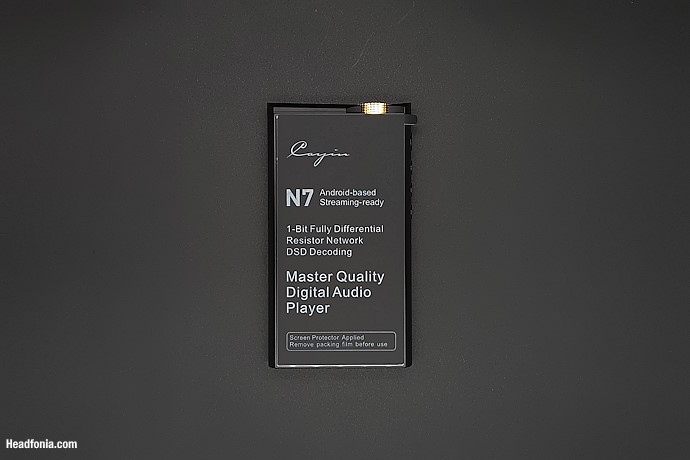
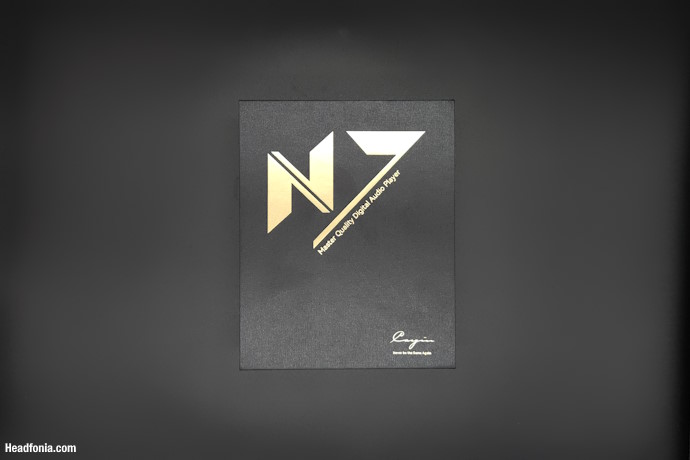
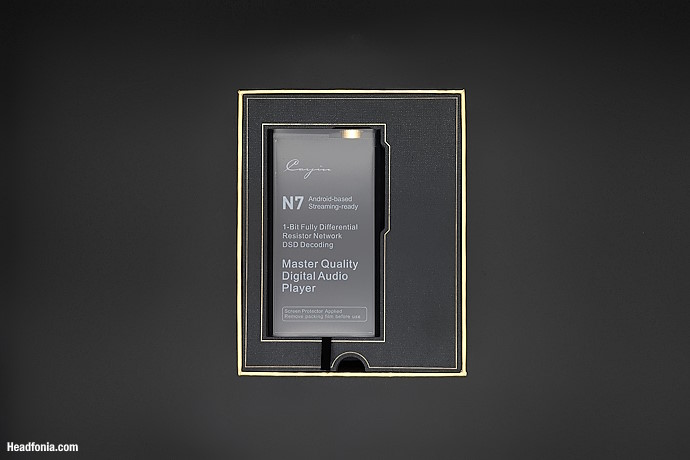
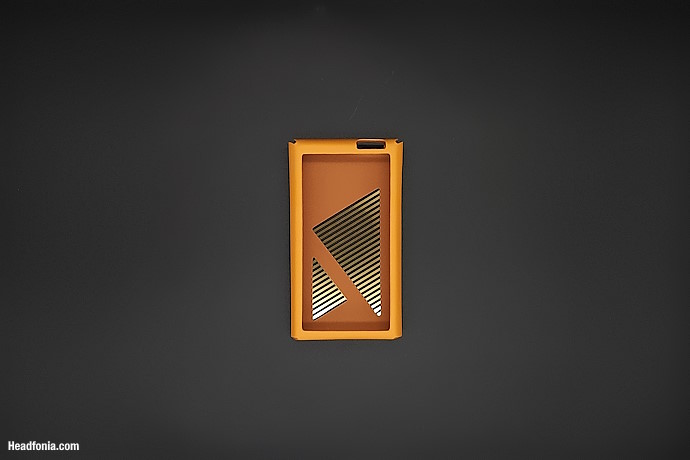
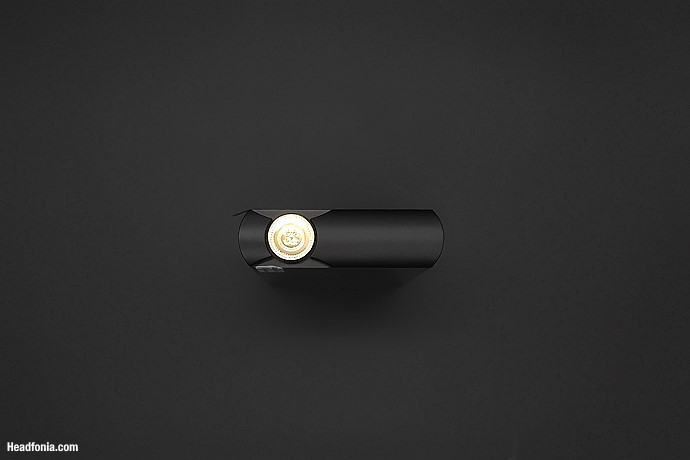
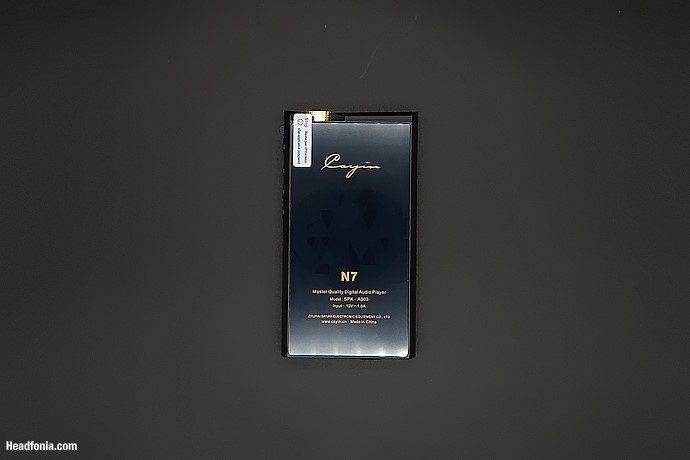
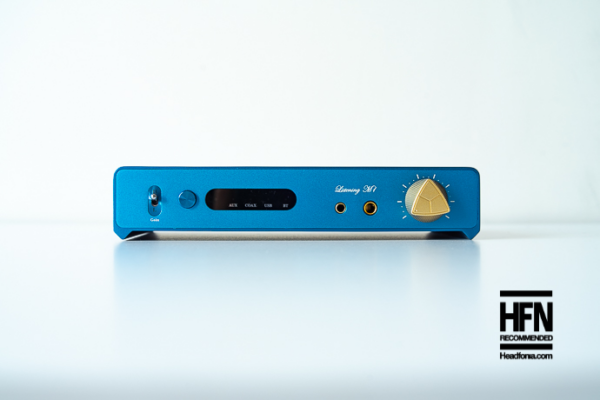
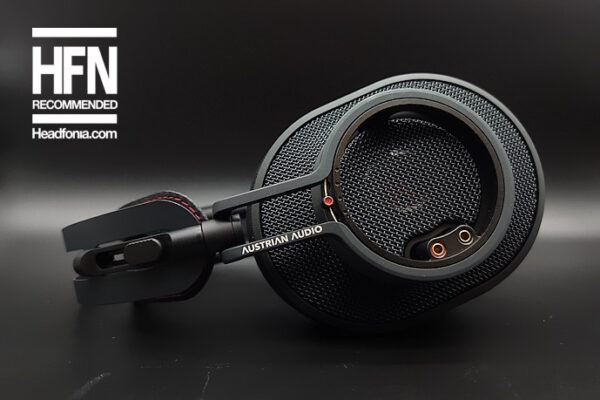
Peyton
Never use a hypen with the word wise. Also sorry me typos that should be cleaned up.
Lieven
Thanks for the tip
Jack
Wouldn’t be a Headfonia review without a good dose of typos!
Nihal Sharma
Not in the recommended list of daps. Interesting.
Lieven
Actually I was first going to recommend it, but the list of cons is quite long for an award. So it just didn’t make it.
If you don’t care about the negative points and sound quality is most important (+only using IEMs), then it’s a Recommended Buy
Sunny
What’s the best DAP to listen to Tidal? Interface wise, which DAP best support TIDAL local?